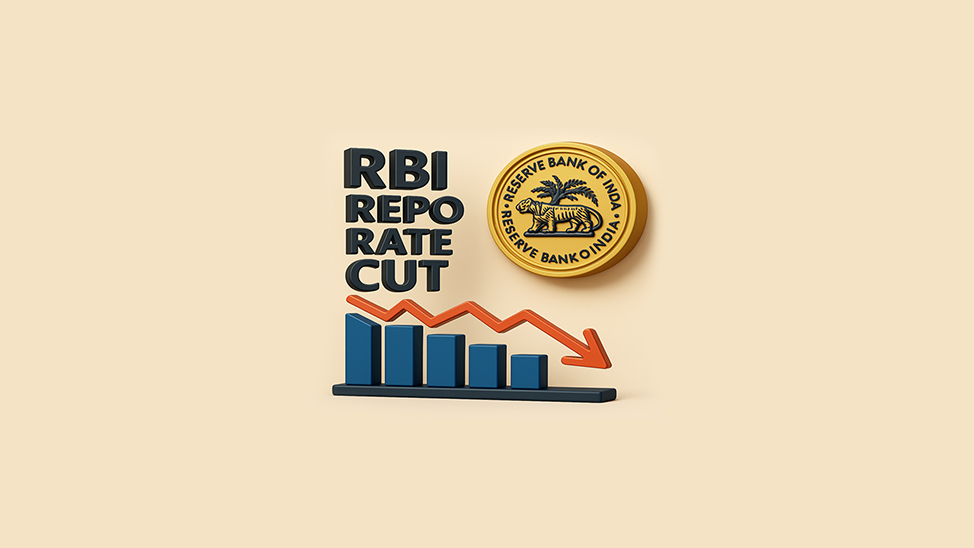Comprehensive Guide to Gross Domestic Product (GDP): Definition, Types, and Importance

- Published Date: January 06, 2021
- Updated Date: February 05, 2025
- By Team Choice
Gross Domestic Product (GDP) is a key economic indicator that measures the total value of all goods and services produced within a country’s borders during a specific period. It serves as a crucial barometer for a nation's economic health, guiding policy decisions and providing insights into growth trends, standard of living, and potential economic challenges.
What is Gross Domestic Product (GDP)?
GDP represents the monetary value of all the final goods and services produced in a country within a set timeframe, typically annually or quarterly. It's a critical metric for assessing the economic performance of a nation and serves as a comparison point for determining how one country’s economy fares against another. Moreover, it reflects both the productivity levels and the standard of living within a country.
Governments, economists, and financial institutions rely on GDP to shape fiscal policies, set economic goals, and evaluate economic performance over time. It directly impacts individuals by influencing wages, employment rates, and the availability of goods and services.
How GDP is Measured
GDP can be measured through various approaches, each offering unique insights:
1. Expenditure Approach
This method focuses on the total spending on goods and services in a country. It considers four major components:
- Consumption (C): Spending by households on goods and services like food, clothing, and healthcare.
- Investment (I): Business investments in capital goods such as machinery and infrastructure.
- Government Spending (G): Public expenditure on services like education and defense.
- Net Exports (NX): The difference between the value of exports and imports.
- Formula: GDP = C + I + G + (Exports - Imports)
2. Production (Output) Approach
The production approach measures GDP based on the total value of output produced by all industries within a country. This approach adds the value of all goods and services created, without considering who buys them.
3. Income Approach
The income approach calculates GDP by summing all incomes earned by individuals and businesses, including wages, profits, and rents.
Types of GDP
Nominal GDP
Nominal GDP calculates the value of goods and services using current prices, without adjusting for inflation. This makes it useful for comparing the size of economies at a specific point in time, but less accurate for tracking real growth over time.
Real GDP
Real GDP adjusts for inflation, providing a clearer picture of an economy's actual growth by isolating the impact of price changes. It is considered a more accurate measure of economic health than nominal GDP.
GDP Per Capita
GDP per capita divides a country's total GDP by its population, giving an average economic output per person. It’s a helpful indicator for comparing living standards and economic productivity across countries.
GDP Growth Rate
This metric shows the percentage change in GDP from one period to the next, reflecting how fast an economy is expanding or contracting. Positive growth rates indicate a healthy, growing economy, while negative growth rates can signal economic decline.
Purchasing Power Parity (PPP) GDP
PPP adjusts GDP for differences in the cost of living between countries, allowing for a more accurate comparison of economic output across nations.
Importance of GDP
1. Economic Health Indicator
- GDP serves as a snapshot of a nation's economic performance. High GDP growth suggests a robust economy, while a decline can indicate economic trouble.
2. Standard of Living
- GDP per capita is closely tied to the quality of life. Countries with higher GDP per capita generally have better healthcare, education, and infrastructure.
3. Policy Decisions
- Policymakers use GDP to craft fiscal and monetary policies. For instance, during an economic downturn, governments may increase spending or cut taxes to stimulate growth.
4. International Comparisons
- GDP helps compare the economic performance of different countries, guiding decisions about international trade, investment, and development.
How Does GDP Impact You?
GDP growth can lead to higher employment opportunities, increased incomes, and improved living standards. On the flip side, a shrinking GDP often leads to job losses and lower public spending on essential services like education and healthcare.
However, while GDP growth often correlates with a higher standard of living, it’s not always evenly distributed. Wealth inequality, environmental degradation, and other factors can offset the benefits of GDP growth for certain segments of the population.
Limitations of GDP
Despite its widespread use, GDP has certain limitations:
- Doesn’t Account for Income Inequality: GDP may grow, but this growth might not benefit all segments of society equally.
- Non-Market Activities Excluded: Informal work and household labor, such as caregiving and volunteer work, are not captured in GDP.
- Environmental Impact: GDP doesn’t consider the environmental costs of economic growth, such as pollution or depletion of natural resources.
GDP vs GNP vs GNI
While GDP focuses on the value of goods and services produced within a country, Gross National Product (GNP) includes the value of goods and services produced by a country’s citizens, regardless of location. Gross National Income (GNI), on the other hand, includes total income earned by a nation’s residents, whether domestically or abroad.
| Indicator | Definition | Calculation |
|---|---|---|
| GDP | Total value of goods/services produced within a country | GDP = C + I + G + NX |
| GNP | Total value produced by a country's citizens (both domestically and abroad) | GNP = GDP + Net income from abroad |
| GNI | Total income earned by residents of a country | GNI = GDP + Income received from abroad - Income paid to foreign residents |
Conclusion
GDP is a vital economic measure, reflecting a country’s productivity and economic well-being. Though it has its limitations, GDP remains a critical tool for governments, businesses, and individuals in assessing economic conditions, setting policies, and making informed decisions.
By understanding the different types of GDP and how it is calculated, you can better grasp how economies grow and the impact this growth has on your life. While GDP may not tell the whole story, it is a key starting point in understanding the economic landscape.
Recommended for you

Triple Top Pattern Explained: How to Spot and Trade Market Reversals

RBI Repo Rate Cuts by 50 BPS to 5.50%

List Of Mutual Funds with No Exit Load
